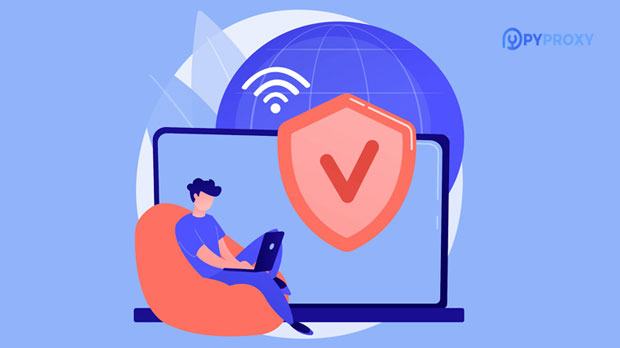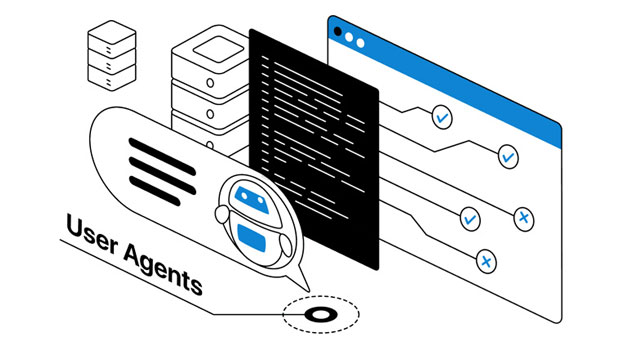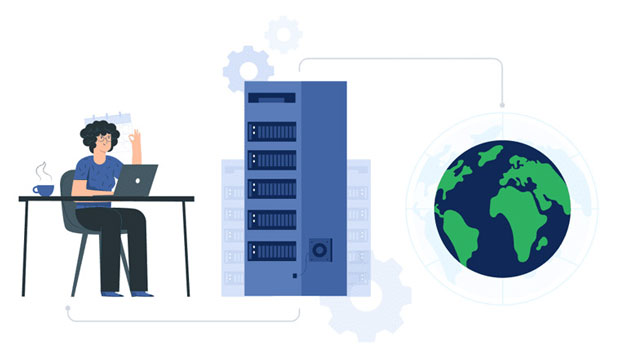What is the difference between the privacy features of Proxy IP and VPN?
When it comes to online privacy and security, two popular tools are proxy ips and Virtual Private Networks (VPNs). Both are designed to mask a user's real IP address, providing a degree of anonymity while browsing the internet. However, they differ significantly in their privacy protection capabilities. proxy ips function as intermediaries between the user and the internet, rerouting traffic through a server that masks the real IP address. On the other hand, VPNs encrypt the entire internet connection, ensuring that data remains private and protected from surveillance or interception. While both offer privacy benefits, a VPN provides stronger protection by offering encryption and securing all traffic, not just browser-related activities. In this article, we will explore these differences in depth, providing a clear understanding of how each tool works and its effectiveness in safeguarding your privacy online. What is a Proxy IP?A Proxy IP, essentially, is a server that acts as a gateway between a user's device and the internet. When using a proxy, a user's internet traffic is routed through the proxy server, which masks the user’s real IP address. This means that websites and services only see the IP address of the proxy server, not the user’s actual address. Proxies can be used for various purposes, such as bypassing geographic restrictions, accessing blocked content, or hiding the user’s location.How Proxy IPs Protect PrivacyProxy servers offer a basic level of privacy protection by hiding the user’s real IP address. By doing so, proxies help users remain somewhat anonymous, making it harder for websites or online trackers to identify their physical location or device. However, proxy servers generally do not encrypt internet traffic, leaving it vulnerable to interception by third parties. This lack of encryption means that while proxies can mask a user's IP address, they do not offer full privacy protection.Another limitation of proxies is that they only work with specific types of traffic, typically web traffic. If a user accesses other online services such as email or FTP servers, their IP address may still be exposed. Moreover, proxy servers may not protect against more advanced tracking techniques, such as those based on browser fingerprints or behavioral patterns.What is a VPN?A Virtual Private Network (VPN) provides a more comprehensive solution for online privacy. It works by creating a secure, encrypted tunnel between the user’s device and the internet, routing all internet traffic through a remote server. VPNs not only mask the user's IP address but also encrypt all the data exchanged between the user and the internet. This encryption prevents hackers, ISPs, or any other third parties from accessing sensitive information, even if the user is on an unsecured network like public Wi-Fi.VPNs typically offer broader privacy protection compared to proxies by securing all types of internet traffic, including web browsing, emails, and file transfers. Moreover, many VPN services also provide additional features such as DNS leak protection and kill switches, which further enhance security and prevent data exposure.How VPNs Protect PrivacyVPNs are much more secure than proxies due to their ability to encrypt data. Encryption ensures that even if someone intercepts the traffic, they cannot decipher it without the encryption key. This is particularly valuable when using public or unsecured networks, as it shields sensitive information from hackers or malicious actors.Furthermore, VPNs secure all types of internet traffic, not just web browsing. This means that all activities, whether you’re browsing websites, using apps, or communicating through email, are protected by encryption. Additionally, many VPNs offer features like IP address masking, DNS leak protection, and kill switches, which add layers of security to prevent data leaks and enhance privacy.Key Differences in Privacy Protection: Proxy IP vs. VPNWhile both Proxy IPs and VPNs offer methods of hiding a user’s IP address, the level of privacy protection each offers is significantly different.1. Encryption: VPNs encrypt all data transmitted between the user and the internet, making it much harder for third parties to access or intercept sensitive information. Proxy IPs, in contrast, generally do not offer encryption, which means that data can still be vulnerable to monitoring or hacking.2. Traffic Coverage: VPNs secure all types of internet traffic, including web browsing, apps, emails, and more. Proxy servers, however, typically only protect web traffic, leaving other activities unprotected. This limitation makes proxies less effective in ensuring comprehensive privacy.3. Security Features: Many VPN services come with additional security features, such as DNS leak protection, kill switches, and more, which further enhance privacy. Proxy servers typically lack these advanced security features, making them less secure overall.4. Anonymity: Both proxies and VPNs can provide a level of anonymity by masking a user’s real IP address. However, VPNs do so with greater assurance because they not only hide the IP but also encrypt all internet traffic, reducing the risk of being tracked by advanced techniques.When Should You Use a Proxy IP vs. a VPN?Both Proxy IPs and VPNs have their specific use cases depending on the level of privacy protection required.1. Use a Proxy IP for Light Privacy Needs: If you are primarily interested in accessing geo-restricted content or bypassing simple website blocks, a proxy server may suffice. Proxies are usually faster than VPNs, as they do not encrypt data, but they are less secure and may not be suitable for handling sensitive information.2. Use a VPN for Comprehensive Privacy and Security: If you need to ensure a high level of privacy, security, and encryption, a VPN is the better choice. VPNs are ideal for securing sensitive data, especially when using public Wi-Fi networks, and for users who require robust privacy protection for all types of internet activities.ConclusionIn summary, while both Proxy IPs and VPNs provide methods for hiding a user's real IP address, they differ significantly in terms of privacy protection. Proxy IPs offer basic privacy by masking the user’s IP but lack encryption and do not protect all types of traffic. VPNs, on the other hand, provide a more robust privacy solution by encrypting all traffic and adding additional security features. For those seeking a comprehensive solution for online privacy and data protection, VPNs are the superior option. Whether to use a Proxy IP or a VPN depends on your specific privacy needs and the level of protection you seek while browsing the internet.
2025-01-24

























































